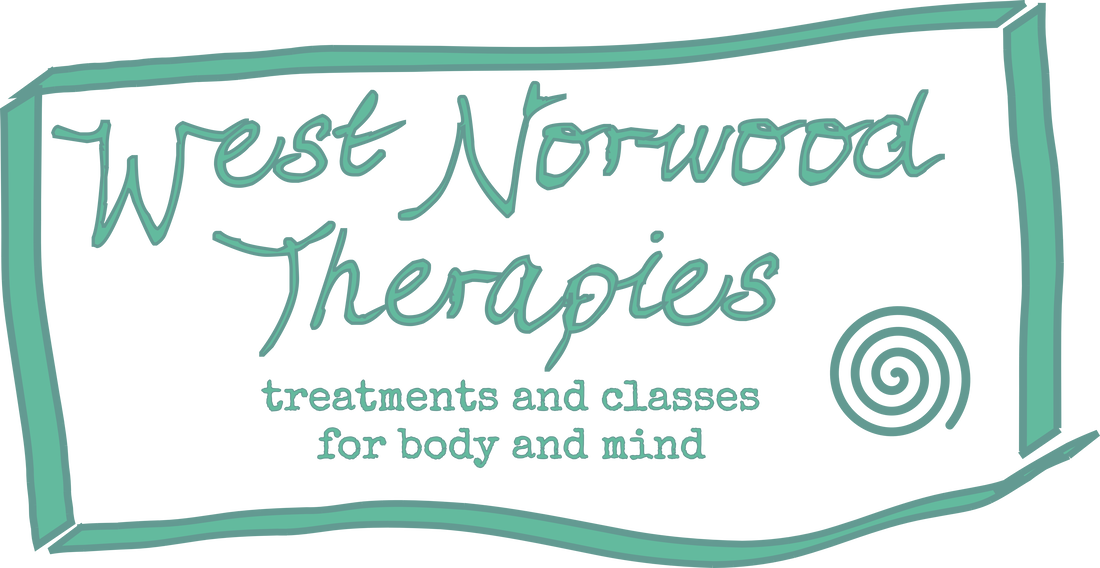|
Sports massage therapist Lauren O'Sullivan shares some insights into what 'sports massage' actually is and the fact that it's benefits go far beyond sports people and also how the treatment might be adapted to suit you individually. The term ‘Sports Massage’ can sometimes be misleading if taken literally. It is of course a very useful, and often necessary, treatment for sports people, but it can also be beneficial for a whole host of different people. People working from home since the start of the pandemic might not have the best ergonomic set-up and as a result are experiencing neck or back pain. Take delivery drivers, who are sat in the same position all day, using the same restrictive movement patterns to drive. Think of the security guard, standing in a stationary position on their feet most of the day. All of these people and more are using their bodies in a way that will build muscle tension, increase areas of restriction within the soft tissues, and cause restrictions in ranges and ease of movement. Sports massage can help them! Sports massage helps to resolve chronic pain, injuries, muscle aches and restricted range of movement. At some point in our life, we have or will experience one of the issues listed above. What is great about sports massage is that it uses a range of techniques to assess and treat a problem, rather than following a repeated routine of massage strokes. Each treatment is tailored to the individual and your therapist will spend some time talking to you and listening to your story before assessing you physically. I have treated countless individuals and even if the problem seems to be manifesting in the same way, every body is different and responds differently to treatment, so no two treatments are ever exactly the same. Something that seems to put people off getting a sports massage is the reported pain that comes with it. Whilst some techniques can and will cause some degree of pain, it is never the goal of sports massage to cause pain. Your therapist should maintain good communication with you throughout the treatment in regards to pressure and pain, and make use of your breathing to help with relaxation in those more intense moments. I always give my clients a choice if I think that a certain technique is going to really help them but I know that it will be painful for them. I explain the technique beforehand and constantly check in during the application, giving them the choice to bow out at any point. Any deeper massage strokes are always applied very slowly, giving the tissues time to adapt and let me in without causing damage. If somebody is new to sports massage or is feeling particularly sensitive, I use lighter techniques to work with more superficial soft tissue. Sometimes, a lighter more relaxing touch is exactly what the client needs and it is important to realise that massage is mostly affecting the neuromuscular system rather than effecting change physically. Stress is a major factor is some muscle tension, particularly if focused around the shoulders. The nervous system responds to stress by increasing muscle contraction in order to protect the body and prepare it for fight or flight. A relaxing and gentle approach can melt away the tension because the nervous system is responding to that touch and sending signals to ease off protective muscle tension.  A sports massage should leave you with a feeling of freedom within your body, feeling lighter and moving with more ease. You shouldn’t feel limited by discomfort in your daily activities. Those little everyday stresses on your body can develop into chronic problems if left to their own devices. Sports massage plays an important part in the recovery process, whether that’s from an intense training regime or from everyday stressors. Regular massage allows the body to function with less restriction and the hands on approach provides an important element of social touch, something that has been lacking since the start of the pandemic. If you haven’t before, give sports massage a go this year and see the difference it could make in your life.
0 Comments
As 'Blue Monday' - apparently the most depressing day of the year - looms WNT founder Jennie Duck looks at some small actions that can help us navigate times of bleakness. Welcome to mid-January, the time when the anticipation and excitement of Christmas is over, the days are short and grey, we are often beginning a long ‘term’ of work or education and spring can feel a long way off. This year we are also 2 years into a pandemic that has brough uncertainty, fear, mistrust and pain in abundance. Whatever our personal experience of covid has been to date, the atmosphere around our country – indeed around the world – cannot fail to permeate our own individual world and we may be feeling the residue of this for a time yet.
We have things that can help us, however, and there is hope and peace to be found in amongst any bleakness. These are some things that can help when we feel short on optimism, energy or hope. Rest. Our bodies need down time, they need to switch off and we can take a leaf out of nature’s book and hunker down in these winter months. Walks in fresh air. Sometimes going outside is the last thing we feel like doing…but if we can make the step it can really help us feel more alive and at peace. Music. Music can lift us or it can connect us to the difficult feelings we need to feel. We can create playlists for whatever we want – to dance to, to cry to, to sing along, to remember people and experiences. Hugging. IF we’re lucky enough to have someone we love nearby then there is little more wonderful than a long embrace. If we are alone we can still hug ourselves – google ‘butterfly hug’ or look for our post from a year ago about this. Creativity. Finding ways to express ourselves whether this is to release some dark emotion or create beauty from nothing, connecting to our creativity is connecting to life’s energy. Meditation. Staying present, being here, everything as it is. Let go of struggle, effort and getting to know your mind and body more intimately, it’s so valuable. Yoga. If you practice yoga regularly you might be familiar with the space, acceptance and support that yoga can bring. Talking and sharing. When we feel bleak the most tempting thing can often be to shut down and hide away. And yet there is likely someone near to you feeling the same thing and the connection that can be gained by sharing your experience can be an incredibly warming feeling. Space and solitude. Just as important as connection with others is connection with ourselves, stepping out of the busyness of life and finding some space to be with ourselves. Take time out for things you enjoy. It can be tempting to throw yourself into the ‘shoulds’ and zone out the rest of the time, but if we can really let ourselves have the opportunity to find joy and fulfilment in something, whether it is going for a run, dancing in the kitchen or stroking the cat this is important stuff that we would do well to make central rather than peripheral in our lives. Give up! Some days nothing will help and perhaps what is needed is just to retreat into the murky waters and let yourself do absolutely nothing whatsoever. Therapies. Last but by no means least, go for a massage! Or for acupuncture, reflexology, reiki, sound therapies or any other therapy that feels good to you, gives you a space where you are looked after and cared for and leaves you feeling rested and revived. So as we approach ‘blue Monday’ we can keep in mind there are some ideas that can be helpful when life feels less vibrant. And sometimes they can help us remember that spring is just around the corner. Acupuncturist Philippa Summers explores how her treatments are particular to you as an individual and evolve as your relationship grows and she builds up a clearer picture of you and the nuances we all have For many people traditional acupuncture is a new experience and you may be uncertain about what is appropriate but if something is important to you then it will be relevant. Your individuality is at the heart of a holistic approach to diagnosis and treatment. Community is more important than ever as we grapple with the pandemic, climate change and social and racial injustices across the globe, and the achievements have been made by working collectively and co-operatively together, but when it comes to a treatment the focus is on your uniqueness as an individual.
I liken the process of diagnosis to creating a portrait or landscape where finer details are gradually added to create clarity. Our first meeting, for now on Zoom, is a sketch. An opportunity for you to tell your own story of the main issues you’d like acupuncture to help you with, lots of questions from me, plenty of detail from you but broad brushstrokes nonetheless, providing a framework from which to begin. Over time as treatment progresses some elements will come more to the fore with greater focus, more colour and detail while others will recede into the background. Our lives are not static and things change moment to moment, day to day and over time, it is a dynamic picture. I remember well my first days in the student clinic in 1996, we’d learnt the theory, neat boxes, but applying that theory in the real world was a real challenge. I’d come from a background in science and IT, I liked clarity and order. Those theoretical boxes overlapped and obscured one another. It took time grappling with my own perspective to realise that it was more helpful for me to think in terms of creating a portrait, or with so many metaphors in Chinese medicine relating to weather and climate, possibly more like creating a landscape. It is often by going into greater detail in one area that adds clarity to the whole picture. One very clear example with regards to women’s health will be a detailed look at menstrual cycles where there are differences in underlying energetics at different times of the cycle. Symptoms that show up at particular times in the cycle may reflect the same energetic patterns that affect other areas of your being, for example digestion, sleep or mood. These are the patterns that relate to those neat theoretical boxes, which at first may not be distinct or easily discernable but which guide treatment. It is the whole picture that is important. More detail and sharper focus comes with each session – how you respond to treatment, through conversations and the personal interpretations you have of your experiences and what is important to you. How we feel and our emotional landscape has a profound influence on our physical health, and vice versa, especially so when feelings are sustained over a long period of time. It often takes time and trust to feel comfortable opening up and for some this is just not their way, which is fine. We show ourselves on many levels, so the details emerge and embellish the portrait that is forming. Sometimes it is people’s idiosyncrasies that give a vital nugget of information adding detail to the portrait. Or they may say “I know it sounds odd and might not be relevant but it feels like…’ and then go on to describe a feeling or physical sensation in their own words that can be one of those light bulb moments for helping me in my understanding and adjusting my approach. Individuality is also expressed in the how each person engages in their treatment, with some being more curious about the process and others more content with just going with the experience. Lifestyle modifications, which can be a significant support to treatment, are very personal and for some dramatic changes in how they eat, exercise or find time for themselves might be welcome. Small sustainable nudges in the right direction that are achievable are often the way forward when change is more challenging. How treatment interfaces with Western Medicine is also guided by personal choice, which may be a wish to avoid or rely less on medication. In the realm of fertility it may be choosing if and when to engage in assisted reproductive techniques like IVF, or what investigations to have. These are all very personal choices that accommodate our individuality. A couple of courses I have undertaken over the past year have highlighted the importance of individuality and speaking for ourselves. The first was a Mental Health First Aid course and the second on the role that cultural differences play in our experience, specifically with regard to women’s health and fertility. The take home message from each was not to make assumptions and to recognise that each person is the expert on themselves. Of course, that applies to everyone. I would like to highlight that coming for treatment should be a very flexible process built around you and your needs. Nothing is set in stone. I will offer suggestions and advice about treatment aligning your wishes with what I feel is likely to get the best results, for example frequency and timing of treatment and lifestyle modifications that are manageable. But you are the expert on you and you are my guide in that respect, progress is made by working together. Here’s wishing everyone a very contented and healthy New Year. |
AuthorBlogs from the WNT team. For our blogs from before June 2020 please see individual profile pages - it's a good way to get to know practitioners too. Archives
June 2024
Categories
All
|
|
Visit us - by appointment only please - in the office block in the Access Self Storage premises at 443 Norwood Road, London, SE27 9DQ
[email protected] Phone - please contact practitioners directly, or if not in a rush you can leave a message for us to call you back at 07931876931. |
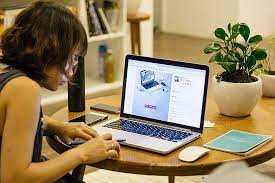






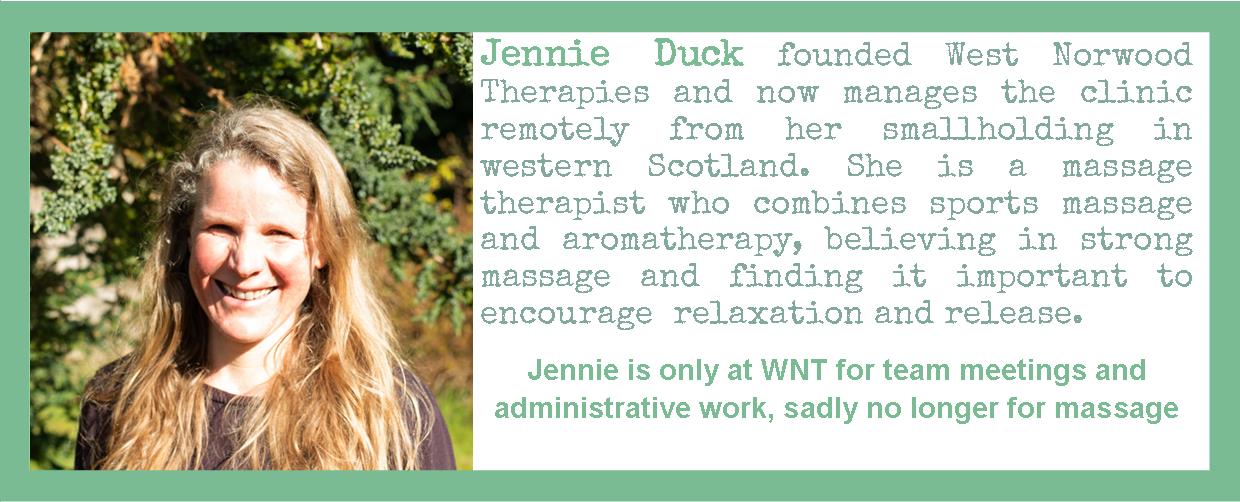
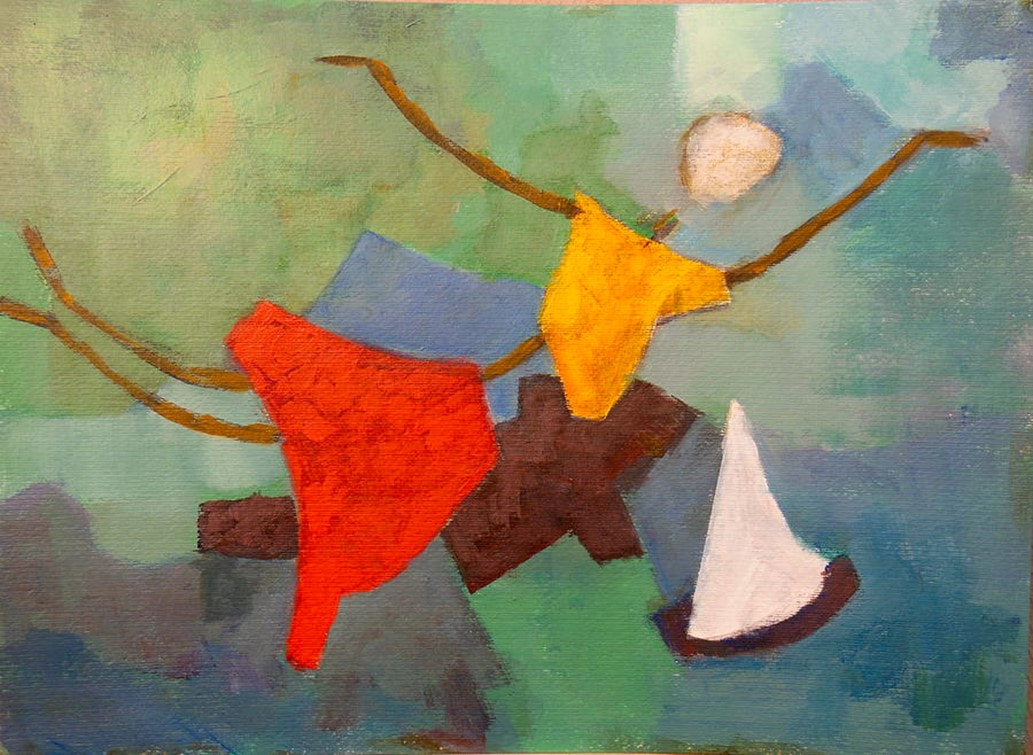
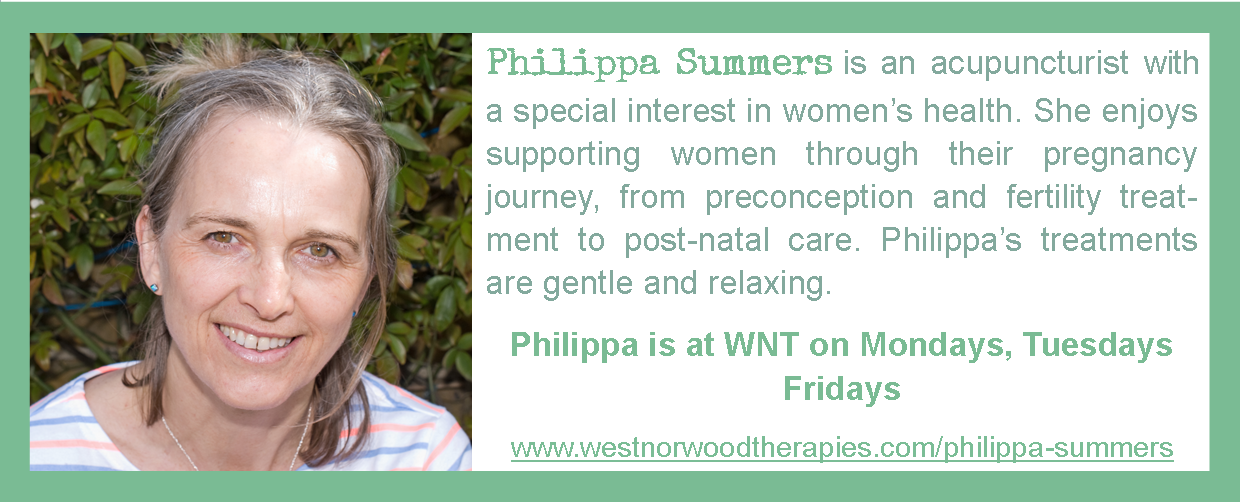
 RSS Feed
RSS Feed
